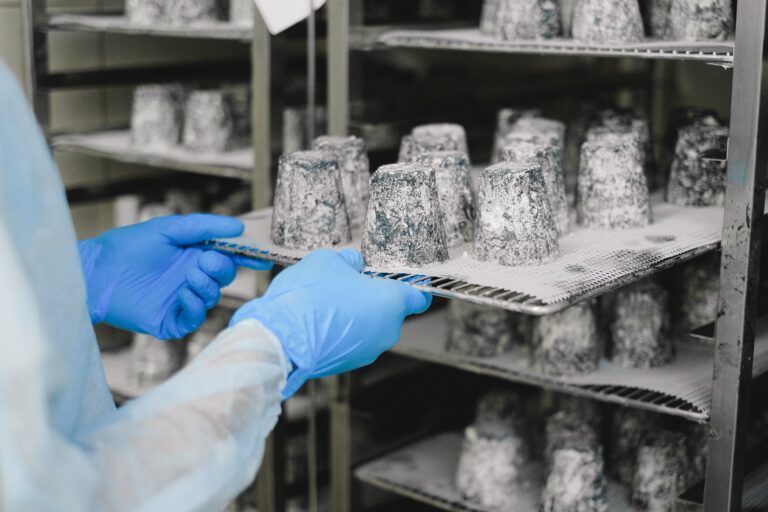Hygiene and Sanitation officers are important job roles in the food and catering industry. Adopting the best sanitation facilities in the food industry is the primary job. This improves food safety. So this meets the requirements in the food industry.
Food processing must start and end with sanitation. So adopting the best methods in sanitation is always significant. Therefore there lies your importance.
Definition- Sanitation
Sanitation is a process of destroying microbial growth on any surface to a safer level. This process starts with cleaning the residues of food up to dirt on the floor. As stated this should be done prior to and after food processing.
Sanitation methods are based on the quality certifications and regulatory requirements of your industry.
So let’s check which characteristics adopted meet the best sanitation facility in your food industry !!!
Characteristics of the best sanitary facility: Roles
A hygiene or sanitation Officer advocates for the facility with the best practices. So let’s check the primary checkpoints in your daily role as an officer who improves hygiene:
Premises design- First line of defence
Indeed good food industry premises are a major factor in reducing physical hazards. So the sanitation programs are most effective in well-planned premises and surroundings.
Premises- sound construction, suitable size, easy to clean & maintain a high level of hygienic standards with well-standard facilities. Building construction and layout facilities should be in such a manner that it can prevent cross-contamination. Provide sufficient space for placement of equipment & storage of food materials without affecting sanitary practices.
Drainages must be non-obstructive. Reduce pests entry to the premises maximum. Please refer to the link above in which a food safety officer must take precautions.
Machinery design
Machinery and equipment design is a very important factor for a hygienic environment. This must be selected in such a way that cleaning and sanitation can be easily done.
Therefore its design must facilitate cleaning and sanitiser solutions. It should be easily scrubbed, rinsed and sanitized effectively.
Floor Design
Floors are provided with materials which are durable, impervious, easily cleanable, non-slip and suitable for the facility’s operations. It is also designed to prevent the accumulation of dust, flour etc.
Floors are lightly coloured and can withstand the high pressure of work. As well as they must be sufficiently sloped for liquids to drain to trapped outlets provided with suitable drainage facilities.
Written sanitation and monitoring procedures
Above we have discussed that it is a pre-requisite program for regulatory and food safety management systems(FSMS ). So a standard food industry has well-written sanitation procedures and monitoring methods.
Cleaning and sanitizing programs shall be established and validated by the organization to ensure that all parts of the establishment and equipment are cleaned and/or sanitized to a defined schedule, including the cleaning of cleaning equipment.
This ranges from standard templates to periodical testing of sanitation.
FoodTechSafety recommends the best templates for daily cleaning checklists, deep cleaning schedules and questionnaires. Please check it below.
Training
A food safety team provides repetitive training in cleaning and sanitation methods to the concerned Hygiene officer and staff. Food handlers must be well-trained in personnel hygiene.
As we know personnel hygiene starts from wearing gloves to proper PPE; as well they must be regularly trained and made professional. This in turn increases the chance for food handlers to maintain their duties with top-rated hygiene practices.
A Hygiene or sanitation Officer trains cleaning staff in chemicals, food grade chemicals, methods in sanitation and storage of chemicals.
Moreover food safety team formulates Sanitation Standard Operating procedures (SSOPs).
saniation regulations
Importance of sanitation
- To control pathogens and prevent foodborne illness.
- To control visible contamination.
- Preventing any sources of contamination.
- Higher ranking of the food safety certification.
- Comply with regulatory affairs.
- Improved food safety and quality of the product.
- Increase the confidence of your customers with effective sanitation.
